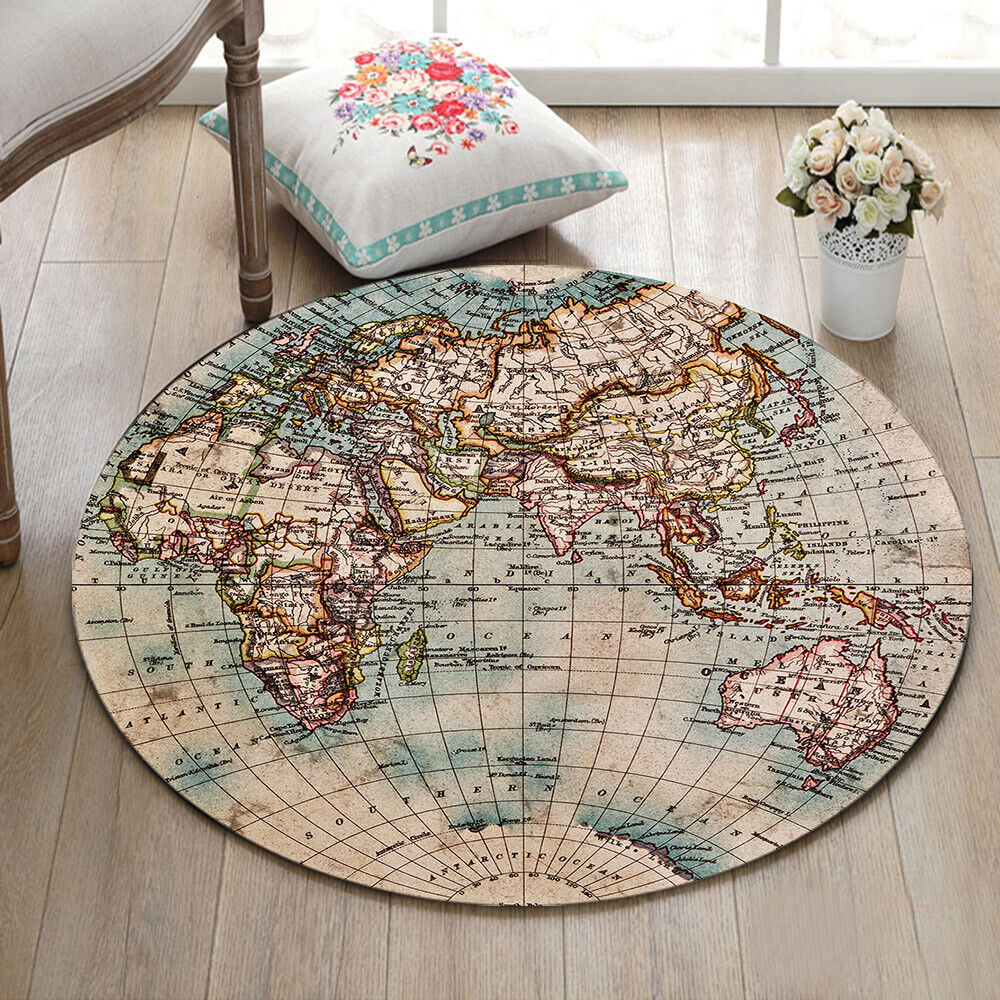Which Countries Make the Best Rugs?

While choosing the perfect rug for your abode, one considers its quality, craftsmanship, and heritage behind the piece. Rugs are way more than being a covering for the floor; they are an art in their own right, tell stories, and bring warmth and character into any room. Knowing which countries make the best rugs will help in making your decision. If you're thinking of getting quality rugs, then Adore Rugs is your trusted destination with beautiful and durable rugs available. We'll talk about those countries that are famous for their rug making traditions and what makes their rugs stand out in this blog.
Iran (Persia)
Rich History and Heritage
Persia really represents the apex of rug making. The history of the Persian rugs dates back to ancient times, with the oldest known carpet being that of Pazyryk, dating from the 5th century BC. Persian rugs have a great reputation for their intricate designs, superior craftsmanship, and vivid colors.
Materials and Techniques
Persian rugs are usually made of high-quality wool, silk, or other synthetic marterials such as acrylic and polyester. The method of knotting gives intricate and minute patterns. The different regions of Iran have their own characteristic styles; some of these include the floral patterns of Isfahan, the tribal designs of Qashqai, and the geometrical patterns of Tabriz.
Investment and Durability
An investment in a Persian rug is not only about its beauty but also its durability. Such rugs often last through generations and many a time, even appreciate in value with time. Each piece of a Persian rug reflects the amount of craftsmanship that goes into its making, making it truly unique and long-lasting.

Turkey
Cultural Significance
Another country rich in the history and tradition of rug-making is Turkey, and more so with hand-knotted Turkish rugs, also called Anatolian rugs. These rugs have been produced over many centuries and are a part of Turkish culture and heritage.
Unique Designs
The famous Turkish rugs are distinguished by their bright, bold patterns and colors. Most of the designs include geometric shapes, floral motifs, and medallions. Of all types, one of the most famous is the Hereke, which is crafted from silk and features extremely fine knotting.
Materials and Craftsmanship
Turkish rugs are usually made of wool, cotton, and rarely silk. The Turkish knot is a double knot and thus very strong, plus it gives the rug a full, plush pile. Each rug is truly a work of art since the workmanship of a Turkish rug is so time-consuming and intricate in nature.

India
Diverse Styles
The land has varied and enriched rug-making traditions that were influenced by Persian, Turkish, and indigenous designs. Indian rugs have grown as being affordable without any compromise on the quality. The Indian rug industry has risen drastically, with places like Kashmir, Jaipur, and Agra being famous for rug making.
Material and Techniques
Indian rugs are mostly made of wool, silk, and cotton. The weavers use various methods of knotting, such as the Persian and the Tibetan knot, to make complex designs. Floral patterns, paisleys, and geometrical shapes can frequently be found in Indian rugs.
Ethical and Sustainable Practices
Most of the rug manufacturers in India are not only concerned with producing in an ethical and sustainable way but also look to vegetable dye, assure fair trade, and involve local artisans in a very hands-on way to ensure every single rug is made responsibly and with care.

Morocco
Distinctive Patterns
In particular, the Beni Ourain and Boucherouite styles of Moroccan rugs are hand-knotted rugs that have been very famous lately due to their unique look, which is modern. These rugs have been accomplished in simple geometric patterns with a number of colors, usually neutral and fitting for any modern home.
Traditional Handmade Craftsmanship
The traditional Moroccan rug is handwoven in sheep's wool by the Berber women. It has been carried along from one generation of their ancestry to the next as part of their cultural heritage. Each rug differs, with variations in the pattern and texture that give them all the more character.
Versatility and Trendiness
The Moroccan rugs have that type of minimalist and bohemian look that sets them most in vogue. In their versatility, they can find perfect fitting with any interior decoration style, whether it be Scandinavian or eclectic.

China
Historical Influence
China itself is an ancient rug-making nation with the influences reaching as far back ago as Persia, Mongolia, and Tibet. Chinese rugs boast a unique blend of tradition and contemporariness in their design, most usually realized through intricate floral patterns, depiction of dragons and medallions.
Materials and Techniques
Chinese rugs are primarily composed of wool and silk; the concentration therefore lies in the raw material quality and the preciseness in processing. The knotting techniques used in making Chinese rugs include asymmetrical knots, which allow for a detailed portrayal of patterns that are strong in their grip.
Artistic Appeal
The artistic appeal of Chinese rugs is portrayed through the intricate patterns and vivid colors. More often than not, these rugs become the statement piece of the living room by endowing it with elegance through richness of cultural diversity.

Afghanistan
Cultural Craftsmanship
Afghanistan is greatly known for its tribal rugs, through which the cultural heritage and artistic tradition of the different ethnic groups are portrayed. Afghan rugs are noted for their bright colors, intricate patterns, and excellent quality in workmanship.
Natural Materials
The rugs of Afghanistan are usually made of handspun wool and dyed with natural plant-based dyes. It brings out bright and durable colors that give the rugs depth and character.
Enduring Beauty
The beauty of Afghan rugs lies in their timeless designs and durability. Literally, these rugs are that kind of investment that is passed down from generation to generation, holding historical and cultural significance.

Conclusion
Choosing the right rug is all about understanding the heritage, materials, and crafts that go into each piece. Iran, Turkey, India, Morocco, China and Afghanistan have become trendsetters in rug-making, each with its own unique style and quality. Choose your rug according to your own story, keeping in mind the culture it represents. Explore Adore Rugs for a hand-curated selection of some of the finest rugs these countries offer. Whether it be classic Persian rugs, bold Turkish pieces, or trendy Moroccan designs, there will certainly be a piece speaking for your taste and sense of style.
SHARE:



